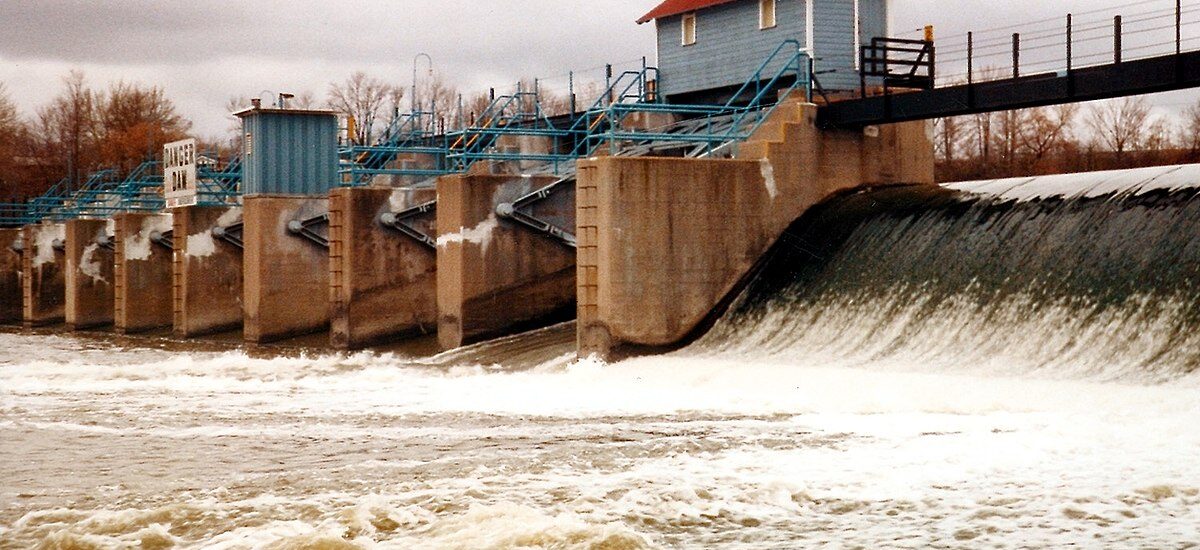Welcome to the Little Chute Dam, a fascinating piece of engineering nestled along the Fox River in Little Chute, Wisconsin. The dam is a keystone of the area’s development, both in terms of energy production and historical significance.
Established in 1948, the Little Chute Dam was constructed to harness the power of the Fox River, an essential waterway that shaped the lives of those who settled in the region. The dam’s construction was a part of a broader effort to capitalize on hydroelectric power, marking an era when renewable energy sources started to become a focal point in regional development.
The dam works in tandem with the Little Chute Hydro Plant, which houses three turbine-generators, each capable of producing 1,100 kW of power. This infrastructure was critical in providing energy to the region, supporting both local industries and residential communities.
Little Chute’s history is deeply intertwined with the arrival of Dutch Catholic immigrants in the 19th century, led by Dominican Missionary Theodore J. van den Broek. These settlers established the village as a hub of Dutch culture and religion in the Midwest. The Fox River played a vital role in their lives, not just for transportation and trade but also as a source of power.
As you explore the history of the Little Chute Dam, consider its role not just as a provider of electricity but as a catalyst for the community’s growth and a symbol of the innovative spirit of the region. The dam and its associated hydro plant reflect the technological advancements and the shift towards sustainable energy solutions that were taking root in the mid-20th century.
Today, while its operational purpose remains crucial, the dam also stands as a historical monument, reminding visitors of the rich tapestry of cultural influences and technological progress that have shaped Little Chute and the surrounding areas.




